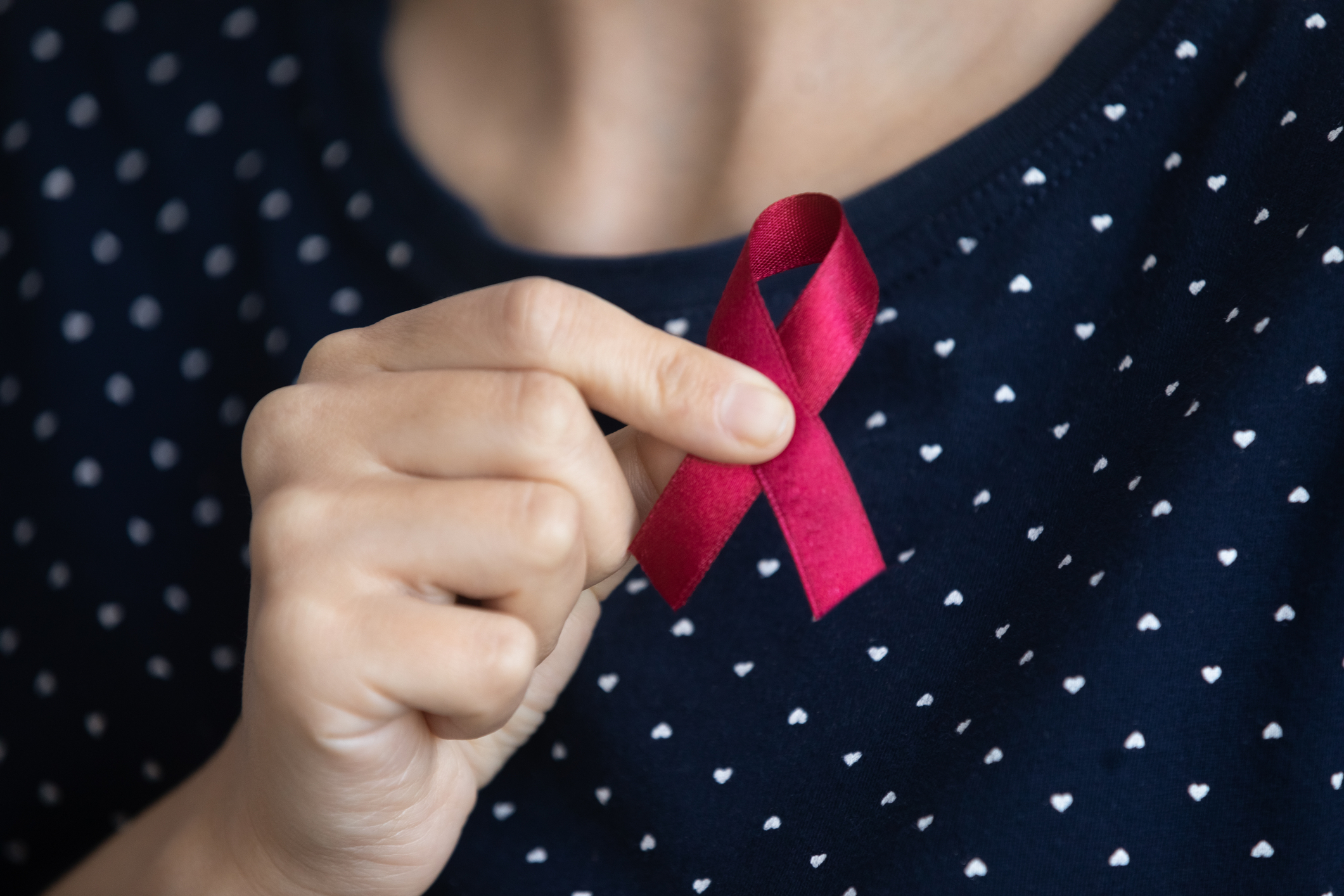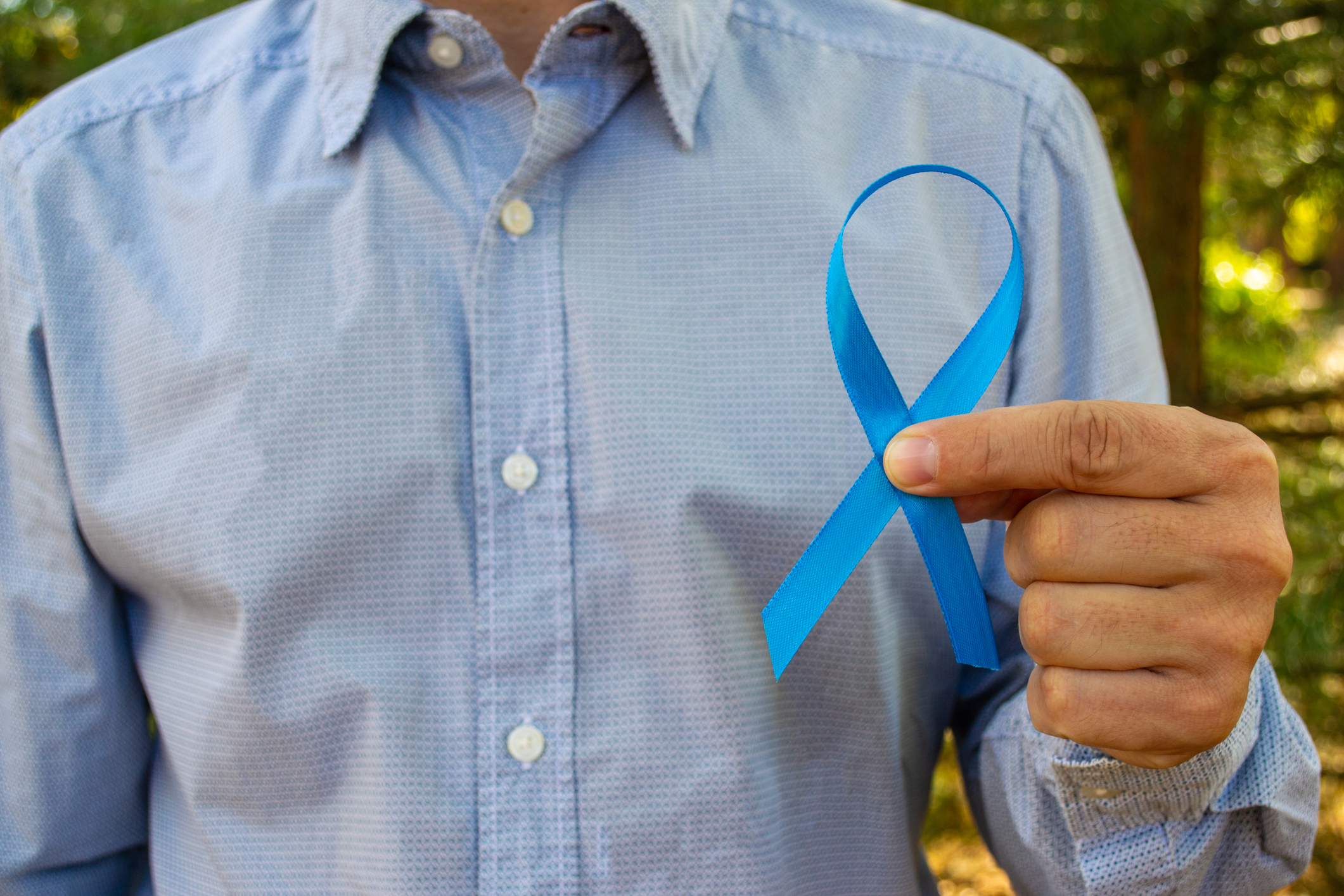Bladder Cancer: Is There a Way to Live With It?
Understanding Bladder Cancer

Bladder cancer is a type of cancer that begins in the cells of the bladder, the organ responsible for storing urine. It is one of the most common cancers, particularly among older adults. Bladder cancer is typically classified based on the type of cells that become cancerous, with the most common type being urothelial carcinoma, which starts in the cells lining the inside of the bladder. Early detection is crucial for effective treatment, making awareness of the symptoms and understanding treatment options vital for those at risk.
Common Symptoms of Bladder Cancer

The symptoms of bladder cancer can vary depending on the stage and severity of the disease. One of the most common early signs is hematuria, or blood in the urine, which may cause the urine to appear pink, red, or brown. This symptom is often painless but should not be ignored, as it is a key indicator of bladder cancer. Other symptoms may include frequent urination, pain or burning during urination, and the feeling of needing to urinate urgently even when the bladder is not full. As the cancer progresses, symptoms can become more severe, potentially leading to pelvic pain, lower back pain, and difficulty urinating. In advanced cases, the cancer may spread to other parts of the body, causing additional symptoms such as weight loss, bone pain, and swelling in the legs.
Risk Factors and Diagnosis

Several factors can increase the risk of developing bladder cancer. Smoking is the most significant risk factor, as tobacco smoke contains harmful chemicals that can accumulate in the bladder and cause cancer. Other risk factors include exposure to certain industrial chemicals, a history of chronic bladder inflammation, and a family history of bladder cancer. Age and gender also play a role, with older adults and men being more commonly affected. Diagnosis typically begins with a physical examination and a review of the patient’s medical history. If bladder cancer is suspected, further tests such as a urine test, cystoscopy (where a camera is used to view the inside of the bladder), and imaging tests like CT scans or MRI may be conducted to confirm the diagnosis and determine the stage of the cancer.
Treatment Options

The treatment of bladder cancer depends on the stage and grade of the disease, as well as the patient’s overall health. Early-stage bladder cancer, which is confined to the lining of the bladder, can often be treated with minimally invasive procedures. Transurethral resection of bladder tumor (TURBT) is a common surgical procedure where the tumor is removed through the urethra without the need for an external incision. Following surgery, intravesical therapy may be used, where a liquid medication is placed directly into the bladder to kill any remaining cancer cells. For more advanced cases, treatments may include radical cystectomy (removal of the entire bladder), chemotherapy, radiation therapy, or a combination of these approaches. Immunotherapy is another option, where drugs are used to help the body’s immune system fight the cancer. The choice of treatment is often based on the cancer’s stage, the potential side effects, and the patient’s preferences and lifestyle considerations.
Recovery and Follow-Up Care

After treatment, regular follow-up care is essential to monitor for any signs of recurrence, which is common in bladder cancer. This typically involves routine cystoscopies and urine tests to check for any new or returning cancer cells. The frequency of follow-up visits will depend on the stage of the cancer and the type of treatment received. Patients may also need to adjust to lifestyle changes, particularly if they have undergone bladder removal or other major surgeries. Supportive care, including physical therapy, counseling, and support groups, can help patients cope with the emotional and physical challenges of recovery.
Living with Bladder Cancer

Living with bladder cancer can be challenging, but with the right treatment and support, many people continue to lead full, active lives. It’s important for patients to maintain open communication with their healthcare team, stay informed about their condition, and seek support when needed. Advances in treatment are continually improving outcomes for bladder cancer patients, offering hope and new options even for those with advanced disease. By staying proactive about their health and following recommended guidelines for screening and treatment, individuals with bladder cancer can manage their condition effectively and improve their quality of life.